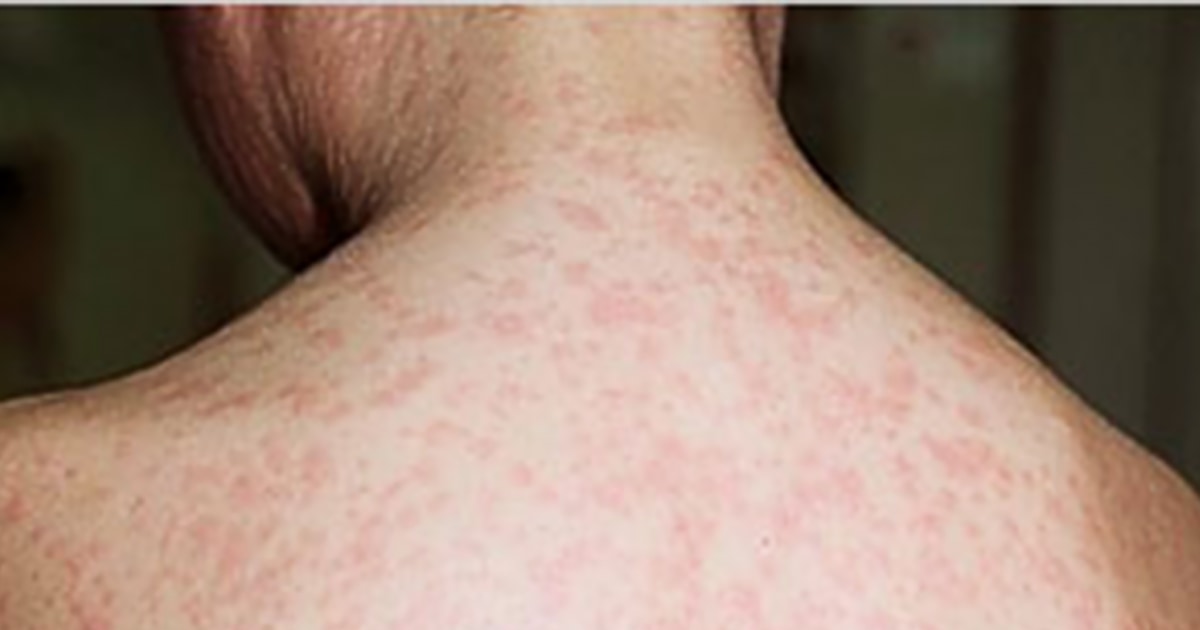Measles has spread at an extraordinarily rapid pace this year: from January to March, nearly 30% of the total cases of the last four years were recorded in the United States.
From 2020 to 2023, an average of five cases were recorded in the first quarter of each year. Those low numbers were due, in part, to the COVID-19 pandemic, when fewer people were interacting in person. In 2023, in contrast, 97 cases were detected, according to a report that the Centers for Disease Control and Prevention (CDC) published this Thursday.
“The rapid increase in the number of measles cases reported during the first quarter of 2024 represents a new threat to its eradication,” the study authors wrote.
Measles has been considered eradicated in the United States since 2000, meaning the disease is no longer constantly present, although there are still occasional outbreaks.
The country nearly lost that status in 2019, when it recorded more than 1,200 cases, most of which were associated with outbreaks in Orthodox Jewish communities in New York. This year's high caseload could jeopardize that elimination once again: as of April 4, it had already recorded seven outbreaks and 113 cases.
The CDC report called for broader vaccination coverage. About 91% of measles cases reported in the US since January 2020 occurred among people who were unvaccinated or whose vaccination status was unknown, he added.
One dose of the measles, mumps, and rubella (MMR) vaccine is 93% effective in preventing measles, and two doses are 97% effective.
So far this year, 83% of cases have been recorded in people who were not vaccinated or whose vaccination status is unknown. Half of the 2,024 cases have been in children under 5 years old. So far, 65 people have been hospitalized.
No one has died from measles in the past four years, according to the CDC report.
Vaccination rates have decreased in recent years. Communities should have around 95% vaccination coverage to prevent sustained measles transmission, but 12 states and Washington, DC had rates below 90% in the 2022-23 school year.
The proportion of U.S. kindergartners who had received two doses of the MMR vaccine fell from 95% in the 2019-20 school year to 93% in the 2022-23 school year. According to the CDC, that leaves about 250,000 children at this stage susceptible to measles each year.
Vaccination coverage has also declined globally. About 83% of people worldwide had received a dose of measles vaccine in 2022, up from 86% in 2019, according to the CDC. Global coverage fell to 81% during the COVID-19 pandemic, the lowest since 2008.
The CDC report encouraged vaccination before international travel, since most cases come to the United States from other countries. According to the CDC, the number of countries reporting “large or disruptive” measles outbreaks increased 123% between November 2022 and October 2023.
In the United States, this year's largest outbreak began at a migrant shelter in Chicago. The total number of measles cases in the city surpassed 60 this week. Since last month, the Chicago Department of Public Health has distributed more than 13,000 vaccines to help contain the spread.
Measles is very contagious: an infected person can transmit it to up to 90% of the people close to them if those contacts are not immune. However, the report notes that “the risk of widespread transmission of the disease in the US remains low due to high population immunity.”

